
Lost in Time is a richly atmospheric point-and-click adventure released by French studio Coktel Vision and distributed by Sierra On-Line. The game invites players to unravel temporal riddles aboard a haunted galleon and in a mysterious mansion, blending cinematic storytelling with challenging logic puzzles. Fans of narrative journeys will notice echoes of Myst and Gabriel Knight, yet this title forges its own identity through rotoscoped graphics, full-speech dialogue, and a story that leaps across centuries. Its layered soundtrack heightens the sense of danger and wonder. Play the game online today and experience a timeless odyssey alive with suspense and discovery.
When Coktel Vision released Lost in Time in the early 1990s, the French studio had already earned a reputation for blending education with entertainment in titles such as the Gobliiins series. In partnership with Sierra On-Line for distribution, the team took a bold leap toward cinematic adventure by placing the player in the shoes of Doralice, a modern woman inexplicably swept back to the nineteenth century. Instead of relying on simple fetch quests, the narrative unfolds like a historical thriller: one moment you are locked in the cargo hold of a rust-eaten ship, the next you are sneaking through a crumbling plantation, piecing together clues about a mad alchemist’s dangerous quest for immortality. This constant shifting of era and location creates an ever-present sense of discovery, underlining the idea that time itself is both stage and antagonist. Because the plot hinges upon paradoxes and cause-and-effect puzzles, every item you pick up feels laden with consequence, reinforcing the story’s central theme that small actions echo across centuries.
Lost in Time may appear, at first glance, to follow the traditional point-and-click template common to its era, but closer inspection reveals an interface tuned to encourage experimentation rather than routine. A compact menu of context-sensitive icons replaces sprawling verb lists, letting you focus on possibilities rather than syntax. The game rewards lateral thinking: using a broken bottle as improvised surgery equipment or creating an explosive from kitchen ingredients feels intuitive because each solution arises organically from the environment. Digitized video of real actors was compressed into tiny portrait boxes that react in real time to your decisions; combined with the rotoscoped scenery, this gives the adventure a tactile charisma that pre-rendered backgrounds often lack. The designers even implemented multiple viewpoints within single rooms, making every location a miniature stage you can circle, poke, and prod until the secrets reveal themselves. What seems like a simple inventory puzzle frequently turns into a layered sequence in which the scenery itself transforms as you meddle with wires, pipes, and machinery locked behind rusty panels. It is this dynamic relationship between action and consequence that keeps the pacing brisk, ensuring that even when you are stumped you remain emotionally invested in the unfolding drama.
Technology limits never stopped Coktel Vision from aiming high, and Lost in Time demonstrates that ambition through its hybrid graphics pipeline. Characters, filmed against blue screens, were digitized at a resolution that still preserves facial expression, while hand-painted backgrounds add painterly depth. The resulting mixture feels almost theatrical: expressions pop against meticulously rendered textures, and subtle parallax scrolls create a sense of space far beyond the VGA canvas. Sound design further enhances immersion. Composer Frédéric Motte weaves harpsichord arpeggios with industrial drones, mirroring the game’s oscillation between aristocratic salons and clandestine laboratories. Speech is fully voiced, an impressive feat on floppy disks, and each line carries the distinct cadence of French actors dubbed with care into English. Because the audio was recorded to complement specific on-screen events, every shiver of violin or distant thunderclap feels earned, tethering atmosphere and narrative together in a way that transcends technological constraints.
Modern emulation has preserved the magic of this adventure, allowing new generations to experience its elaborate puzzles without installing legacy operating systems. In today’s landscape you can play Lost in Time online for free, directly within a standard browser window, and even on mobile devices without restrictions. The point-and-click nature translates naturally to touchscreens: tap to walk, pinch to open inventory, and swipe to scan environments for hidden hotspots. Performance remains smooth because the underlying code, originally crafted for modest hardware, runs effortlessly on contemporary processors. With no installation steps or compatibility hurdles, the barrier to entry is as low as clicking a link, making spontaneous exploration possible whether you are at home or commuting.
Lost in Time occupies a fascinating intersection between classic adventure structure and early multimedia experimentation. Its confidence in cinematic storytelling paved the way for later full-motion-video hybrids, yet it retains the thoughtful puzzle craftsmanship that defines the genre’s golden age. The protagonist Doralice is neither damsel nor superhero; she is a resourceful navigator of impossible circumstances, lending the plot an empowering edge that remains fresh decades later. Puzzles, while occasionally obscure, encourage note-taking and imagination rather than brute-force combination. Critically, the game never sacrifices pacing for spectacle; every dramatic reveal carries mechanical weight, and every obstacle ties back into the themes of identity and causality. When compared with contemporaries, Lost in Time feels like a bridge—marrying the cerebral enigmas of Myst with the theatrical flair of Phantasmagoria—yet it maintains a voice uniquely its own.
Lost in Time is more than a nostalgic curiosity; it is a study in how thoughtful design, strong narrative, and bold technology coalesce into a game that remains rewarding to play online or offline, regardless of era. Using a mouse or simple touchscreen gestures, you guide Doralice through conversation icons, inventory combinations, and contextual hotspots—no convoluted command typing required.
All codes employed to emulate and distribute the title are publicly available, and the game itself remains the intellectual property of its original authors at Coktel Vision and Sierra On-Line.
Share game
Share game
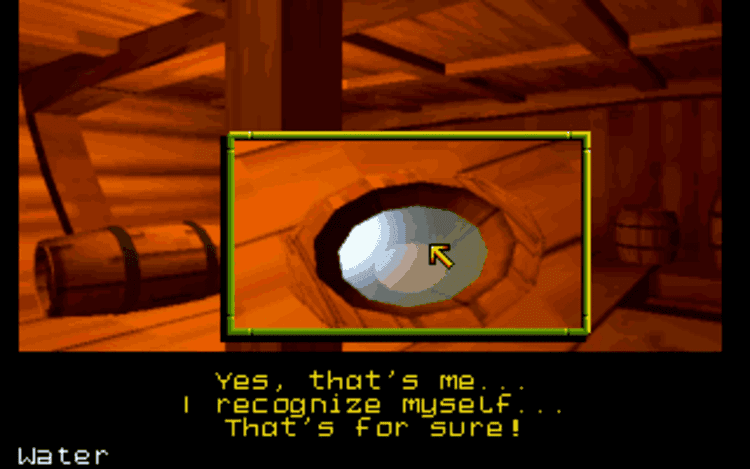
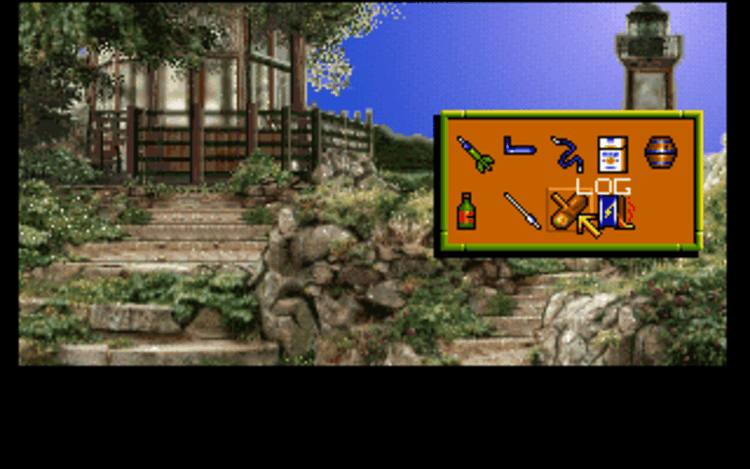
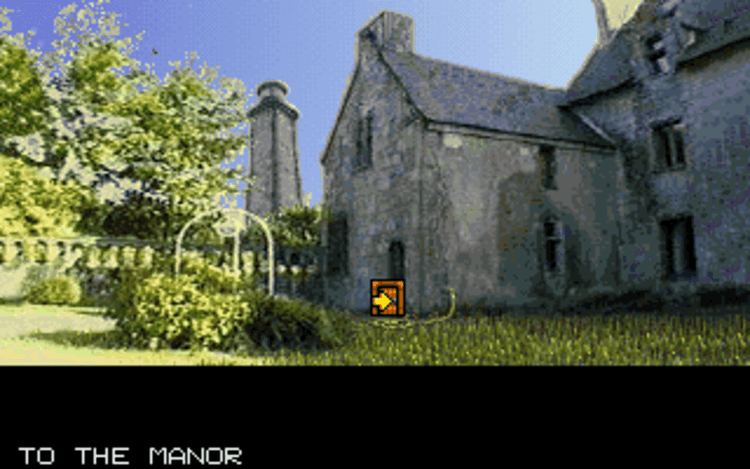
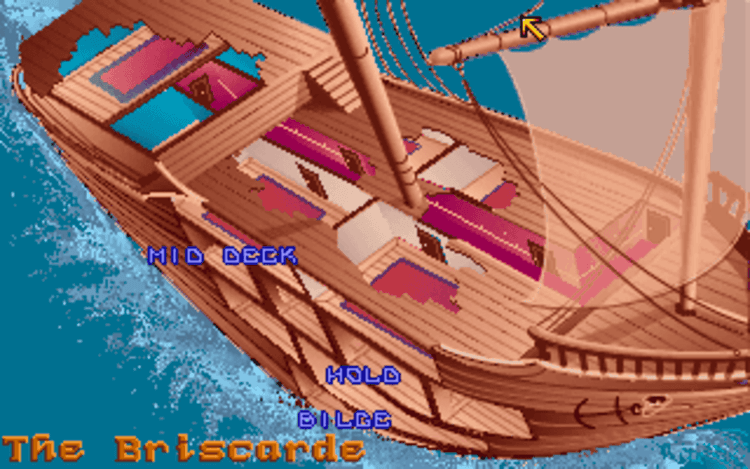
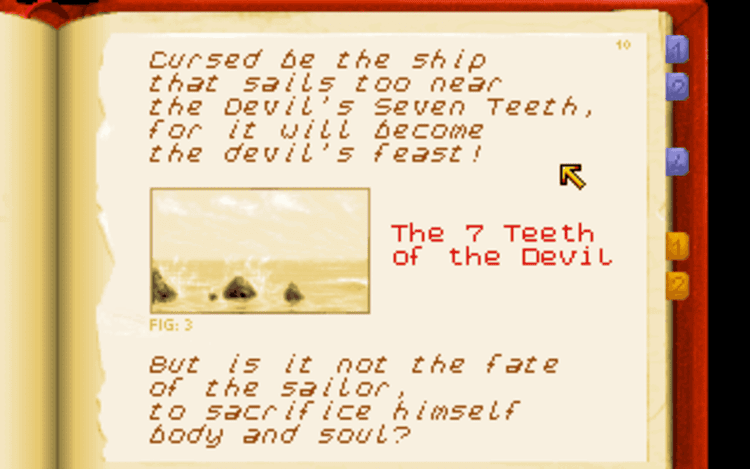
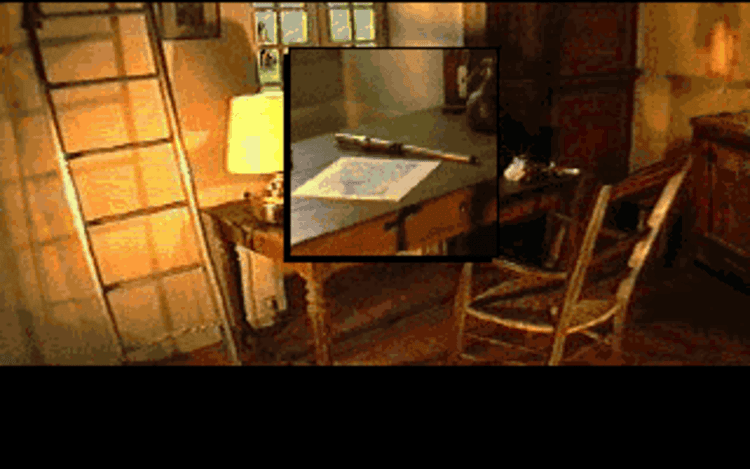
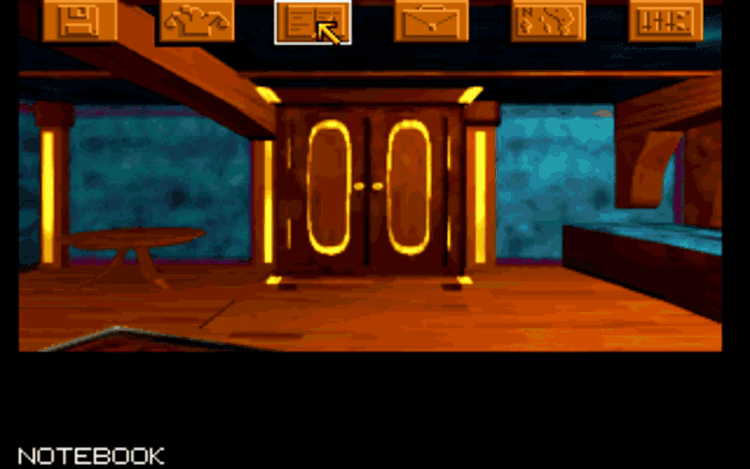
Share game